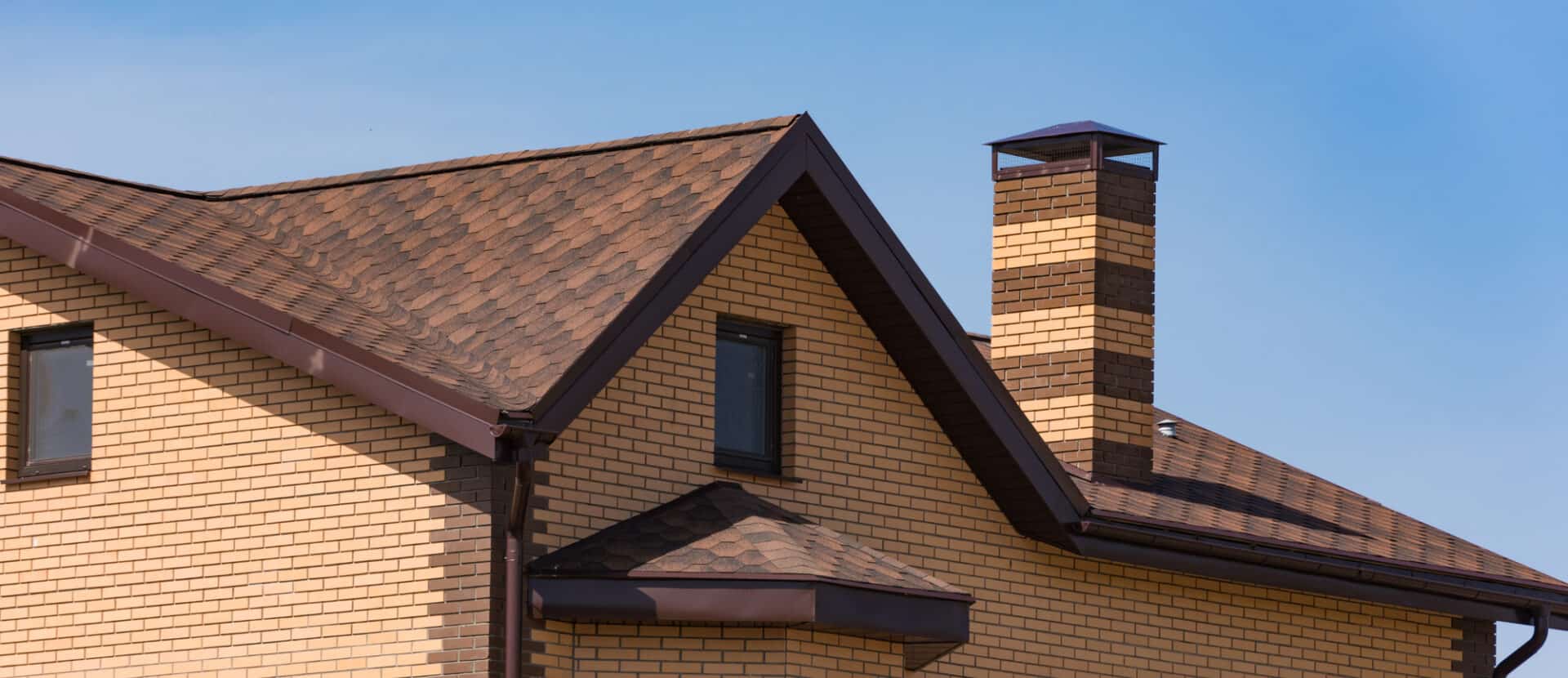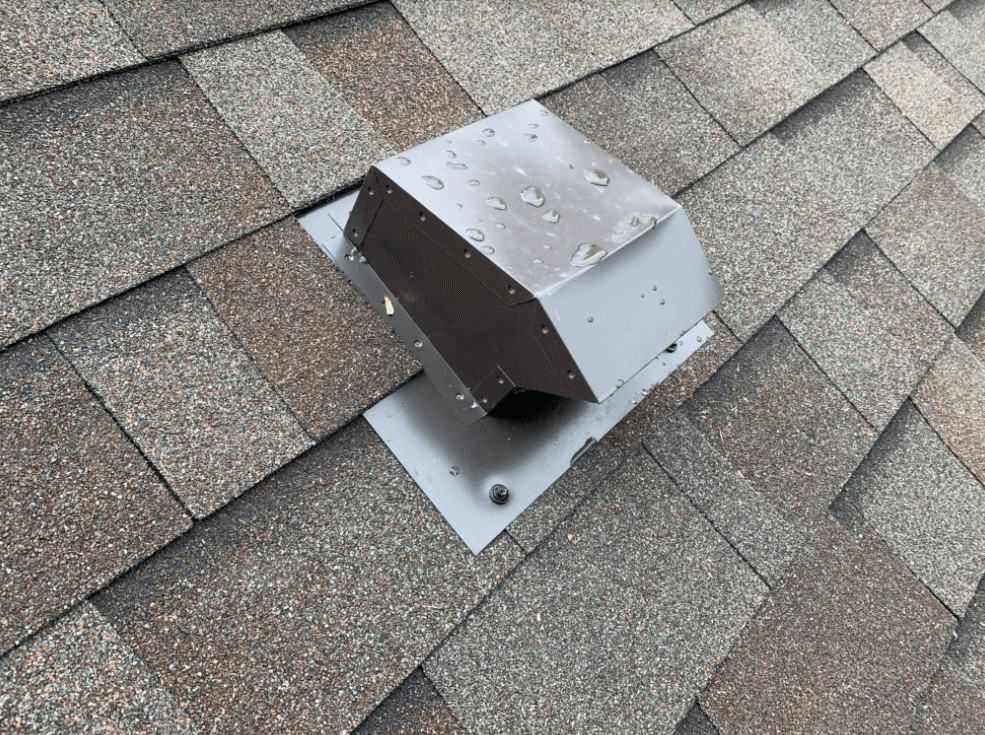When it comes to buying a new architectural shingle for your roof, you’re left with many choices. Up here in the northwest, there are 5 major brands you can choose from: GAF, Owens Corning, Pabco, IKO, and CertainTeed. So which is best? What’s the difference? Is one actually better than the other, or are they all the same? Let’s dive into how shingles are made, which will help you understand why we use CertainTeed over any of the other competitors.
The Makings of an Architectural Laminate Shingle
At its very basic, an architectural shingle is made up of 3 parts:
- The Fiberglass Mat
- Asphalt
- Granules
It’s a little more complicated than that, but those are the most important components. Let’s dig into each and see what they do…
Shingle Fiberglass Mat
The shingle fiberglass mat is the starting point for every shingle. It provides the “backbone” for everything else to be laid upon. If the mat is weak or poorly manufactured, it will compromise the rest of the shingle.
Even though the fiberglass mat makes up about 2% of the overall shingle weight, just a small difference in it’s weight can make a big difference in the life expectancy of the shingle. One of the most important characteristics of the fiberglass mat is its tear strength. To meet ASTM D3462 the mat must be able to withstand up to 1700 grams of force.
Asphalt and Stabilizer
The asphalt is the most important ingredient in the shingle making process. It acts as the waterproofing agent as well as holding the granules in place, and adding to the overall strength of the shingle. One small problem with the asphalt of a laminate shingle can mean huge consequences for the homeowner whose home it’s installed on.
Because asphalt can vary widely depending on the crude oil source it comes from, rigorous testing must be done to only choose the highest quality asphalts to put into shingles. This testing process is expensive but can mean the difference between getting a new roof that will be worry-free for 20-30 years, vs. one that will give you trouble a few years down the road.
The “best” asphalt will stay flexible and not “dry out” or become hard and brittle for the life of the shingle. Only the most durable asphalts will stay strong until the end of the shingle’s life. Then once a good asphalt has been found it must be processed properly to make sure the final product meets strict performance requirements of:
- softening point (temperature when it softens)
- viscosity (keeps it from flowing when hot)
- durability (resisting erosion)
- toughness (heat/cold and crack resistance)
All these factors work together to make a shingle that is both flexible and resilient. If even one of these performance requirements are lacking you can have problems. For example, shingles made with asphalt that softens at too low a temperature will get scuffed up during installation. On the other hand, shingles made with brittle asphalt will be more likely to crack and will have a much shorter life.
Shingle Granules
Granules are the little rock-like pieces attached to the top of the shingle. Shingle granules have two functions:
- They protect the asphalt from the UV light of the sun – to perform this function granules must be completely opaque and not let any light through. If a shingle has granules that allow light through at all it will severely shorten the shingles lifespan (even if they don’t look transparent when you look at them)
- They give the shingle it’s color – Granules are colored by a ceramic coating. Most shingle colors are a blend of 2-3 different colors of granules. Though it is personal preference – out of all the different brands available, I personally like CertainTeed’s random coloring the most, as other brands tend to “pattern” or have stripes in them after installation.
Shingle Weight
The last factor to look at is weight. If 2 shingles use the same high quality components, but one weighs more than the other – the one that weighs more will last longer and perform better over the years. On the other hand, if a shingle weighs more but uses lower quality ingredients, it will be more likely to crack and break down, and the extra weight won’t give it much life.
While other manufacturers have lowered their shingle weights considerably when they switched to the “limited lifetime warranty,” CertainTeed has kept their shingle weights high and have no plans to change them. Currently CertainTeed’s regular architectural shingle – Landmark – weighs in at 240 pounds per square, while other competing brands have lowered theirs to 195-205 pounds per square (and have since unpublished their weights to avoid comparison if possible).
That means going with the CertainTeed shingle will give you about 40 pounds more product per 100 square feet for your money – 20% more!
What’s The Best Architectural Shingle?
The main reason we use CertainTeed almost exclusively is because they combine all these factors to make a really high quality shingle. They use very strict standards and keep a close eye on their production. Unlike some other companies that simply manufacture their shingles to meet certain code requirements, CertainTeed has the UL (Underwriters Laboratory) inspect and evaluate their shingles on a routine basis to ensure code compliance in all of these areas.
Because of all the defects that can happen if even one component of the shingle isn’t quite right, it’s important to get a shingle installed on your home that uses the highest quality components to ensure it lasts as long as possible.
Get a New Roof Quote
If you are in Post Falls, ID or surrounding areas, call the experts at New Heights Roofing today for a quote. We will give you a fair estimate.




